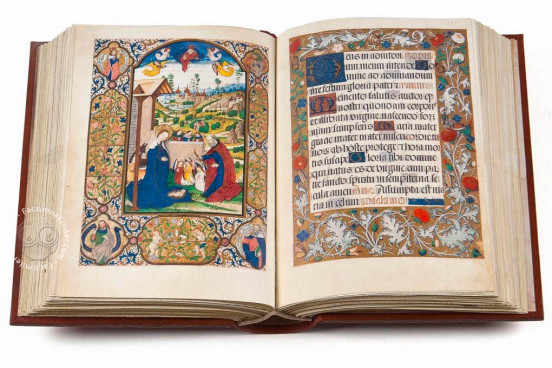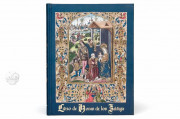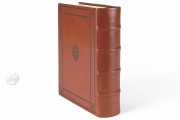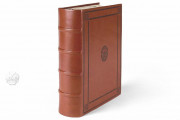The Zúñiga Hours is a richly illustrated manuscript with intricate miniatures and decorative elements. Its completion was commissioned by Juan de Zúñiga in the late fifteenth century. Given to Philip II, King of Spain, by Alonso de Zúñiga, the manuscript is a Christian devotional book. The calendar depicts seasonal activities alongside zodiac signs. The borders are adorned with intricate flower and leaf motifs interwoven with animals and fantastic creatures. The manuscript’s full-page miniatures are characterized by vibrant colors and depict important events in Christ's life, combining Flemish and French artistic styles with Spanish elements.
We have 1 facsimile edition of the manuscript "Zúñiga Hours": Libro de Horas de los Zúñiga facsimile edition, published by Testimonio Compañía Editorial, 2003
Request Info / Price





